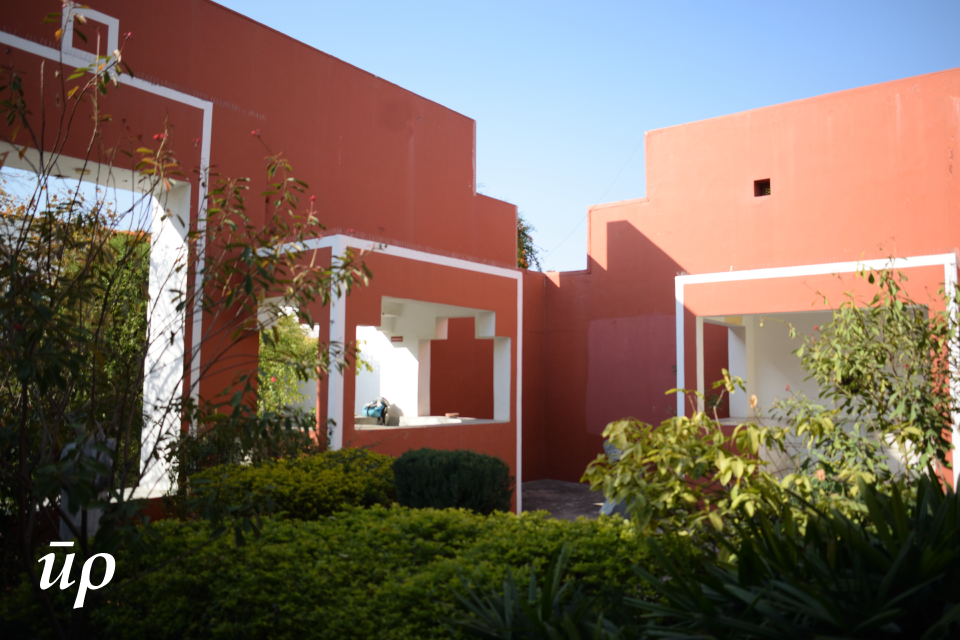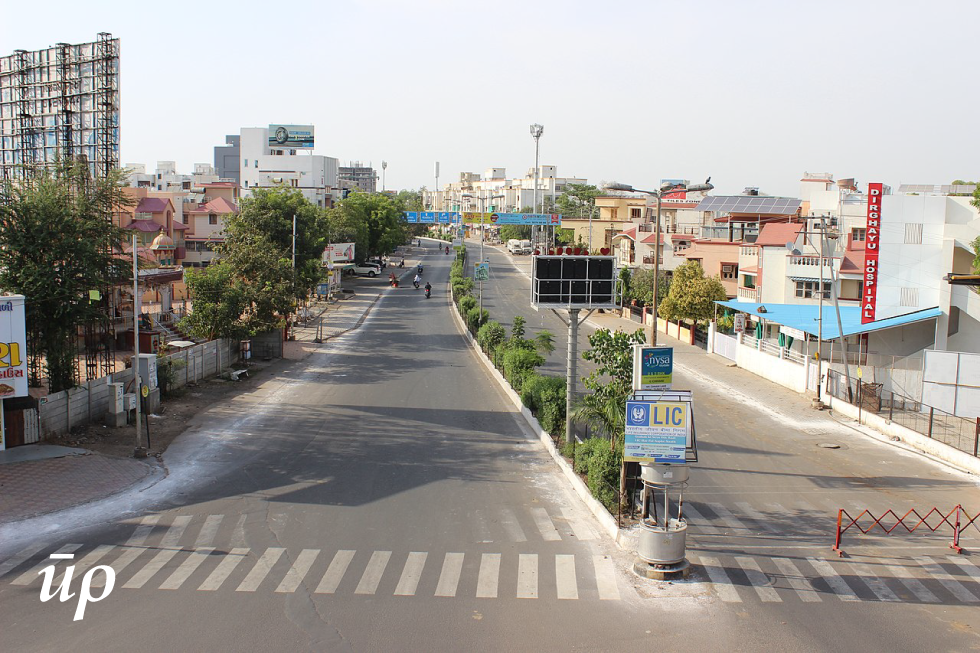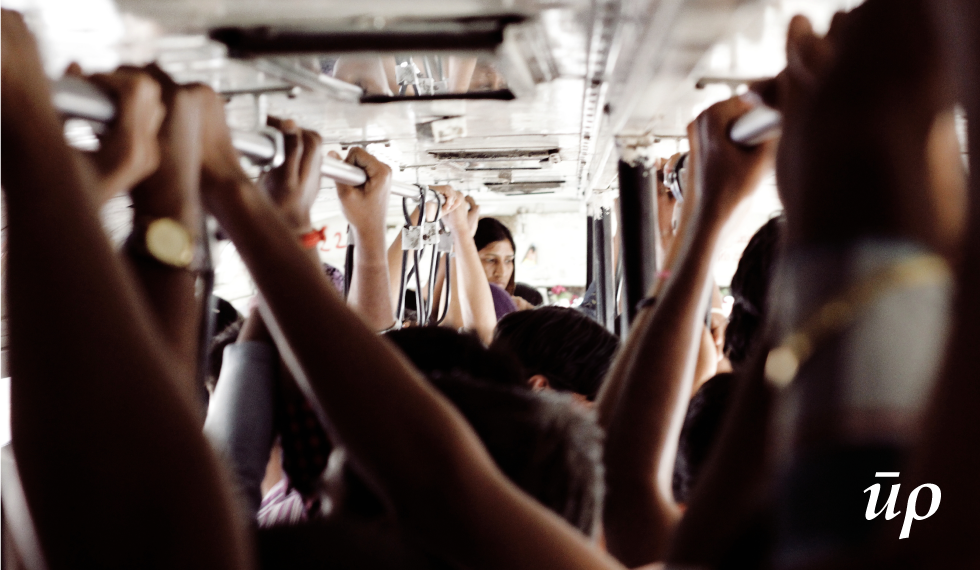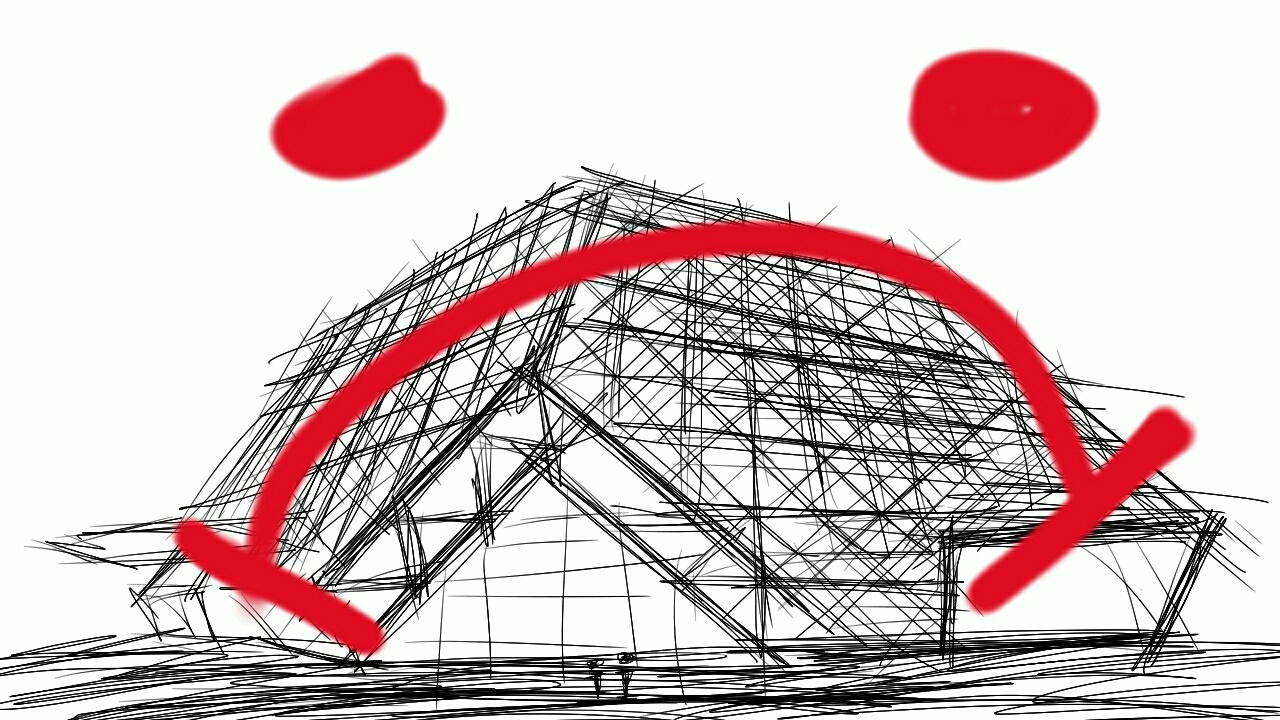In context of contemporary Jaipur, Jawahar Kala Kendra (JKK) serves as its most prominent art and culture node. Situated on Jawahar Lal Nehru (JLN) Marg in Jhalana Doongri area of the modern extensions of Jaipur, this multi-cultural art centre was established in 1993 to promote art, culture and traditions of state of Rajasthan. Interestingly, this cultural node is central to the linear stretch of JLN Marg, which itself is interspersed with institutions, recreational spaces and office complexes for most part of its length between New Gate of the walled city of Jaipur and Jawahar Circle/Patrika Gate.
Continue reading “Jawahar Kala Kendra: Contemporary Jaipur’s Art and Culture Stage”Author: Manik Doomra
Pandemic and A Dip in Air Pollution
The coronavirus pandemic and ensuing lockdowns, which began taking effect from early March at the global level have resulted in sudden disruption of transport and industrial activity along with almost whole of social and economic life. The lockdowns have been done to contain the spread of the virus as well as gain time for ramping up coping strategies and mechanisms to manage health and economic hazards caused by the pandemic. The large scale curtailment of industrial activity has provided a window to register the effect of vehicular and industrial pollution on urban life. Dip in pollution levels have been reported from every part of the world implementing a lockdown. Some prominent names in the list of cities which have witnessed a drastic decrease in pollution are from China, western Europe and the Indian subcontinent.
Continue reading “Pandemic and A Dip in Air Pollution”Bridges Over Yamuna in Delhi
River Yamuna enters Delhi at its northern border with the state of Haryana. The location of entry is known as Palla. The river flows 48 kilometres in Delhi before leaving from the southern border at Okhla barrage. First 26 km of river’s flow in the city-state are unobstructed, free from pollution too. Wazirabad barrage is the first obstruction to flow of the river in the city, it is also a major catchment for municipal supply within the city. Further 22 km flow of Yamuna in Delhi is impeded by urban activities including extensive bridging of the flood plain, discharge of treated and untreated sewerage flows.
Continue reading “Bridges Over Yamuna in Delhi”Ignorance Of Bus Based Public Transport In Delhi
Buses used to be the preferred means of commute in many Indian cities because of their practicality, wider reach, availability, cost-effectiveness and less intensive infrastructure. In city of Delhi the bus services started decent, well managed and efficient. The state run Delhi Transport Corporation (DTC) grew to cover the entire city under its 657 designated routes. Continue reading “Ignorance Of Bus Based Public Transport In Delhi”
A Demolition And Urban Opinion
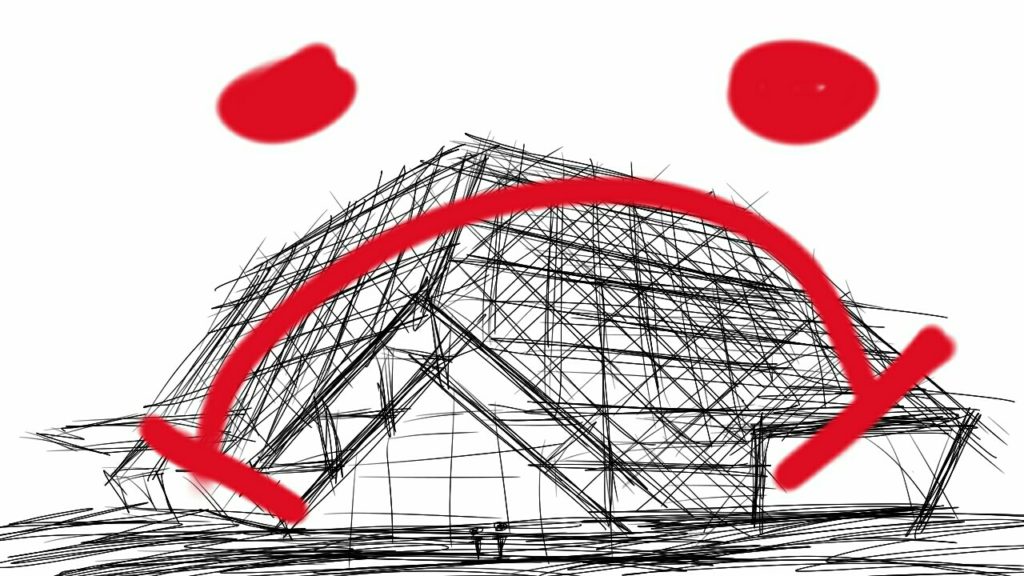
Picture – Rajeev Tarakguru | Instagram
In a sorry development, a modern architectural marvel was demolished. The landmark symbolized India’s tryst with modern architecture. The cast concrete structures designed by architects Raj Rewal, Kuldip Singh and engineered by Mahendra Raj stood witness to numerous exhibitions and trade fairs. Though well known to architectural community these modern ‘monuments’ were not ‘popular’ amongst masses.
Amidst wi-fi dreams the city has started abandoning its heritage, its identity. The sense-of-belonging to cities has seen rapid decline and they have been reduced to basics of being economic engines.
The demolition of Hall of Nations on night of April 23-24′ 2017 has resulted in a debate about definition of heritage. It has also highlighted lack of public discourse and popular participation in development of urban habitats in a nation on massive urbanization drive. The destroyed structures formed part of modern ventures in world’s 2nd largest urban centre, which essentially prides of its history and diversity.
In the wake of such situations we observe lack of professional and educated participation from architects, planners and urbanist in urban governance. The management and government of urban centres is often left in the hands of a creed oblivious to issues of urban environments, management, heritage. This is true not only regarding built environments but a wide gamut of issues including urban pollution, safety. Equally essential is sensitizing general population about environments they inhabit and participate in decision making regarding their cities and not just be a mute audience to ‘their’ governments.
Hall of Nations, Pragati Maidan, Delhi – 1980-2017
